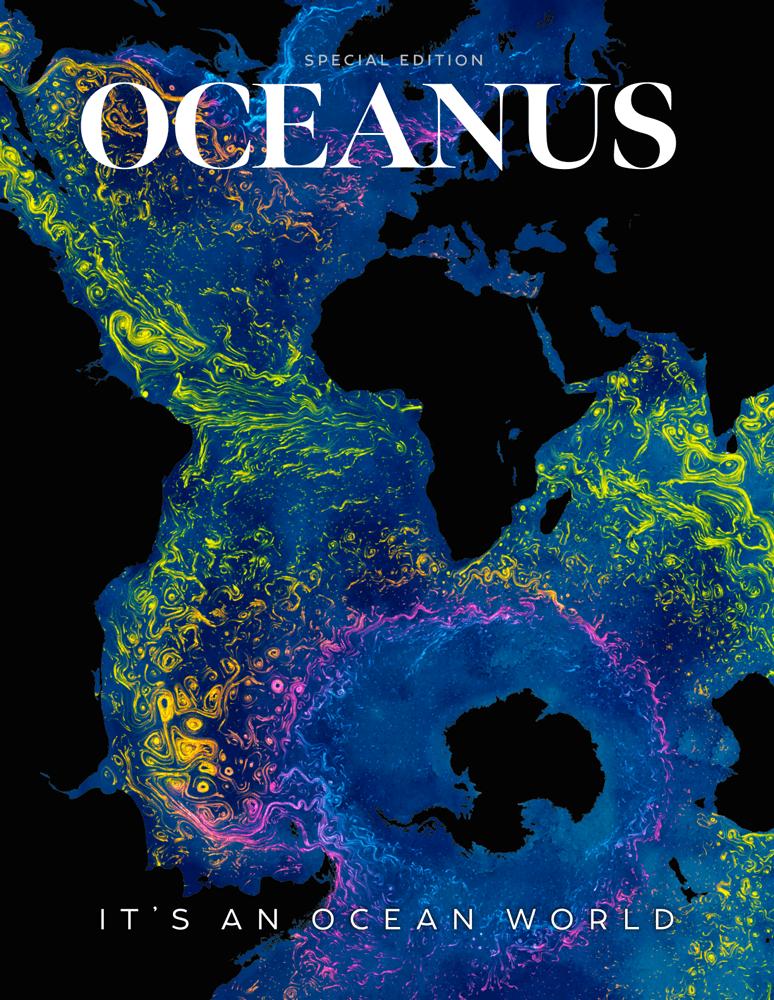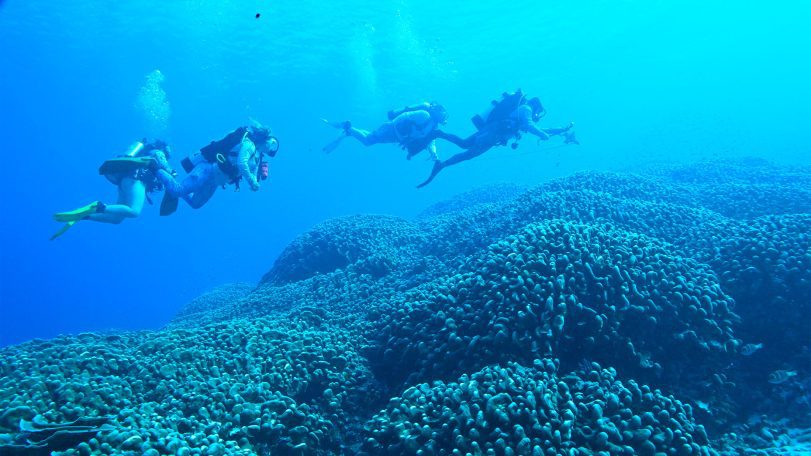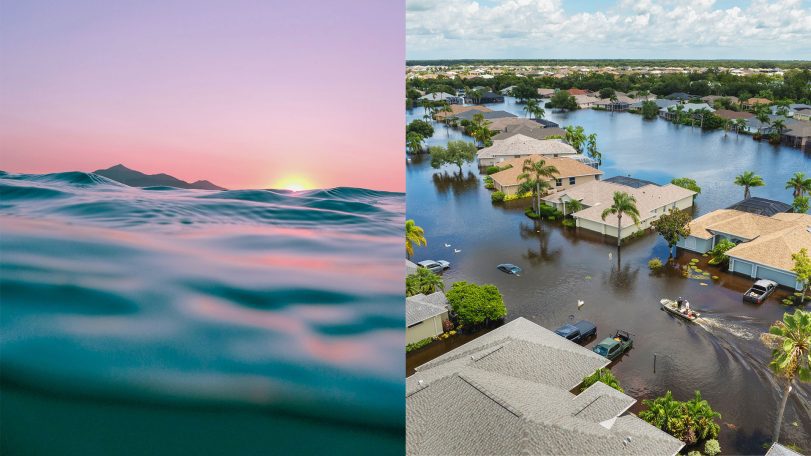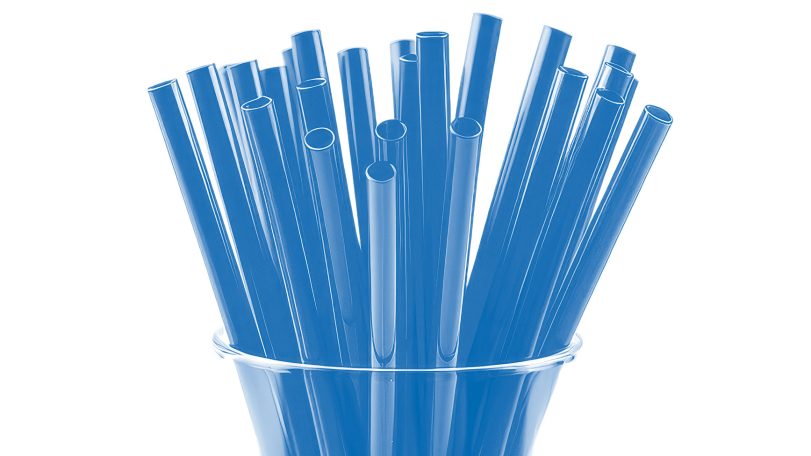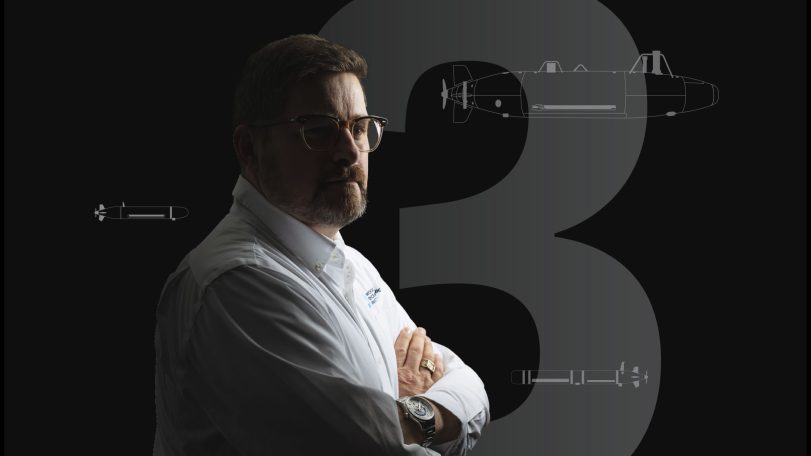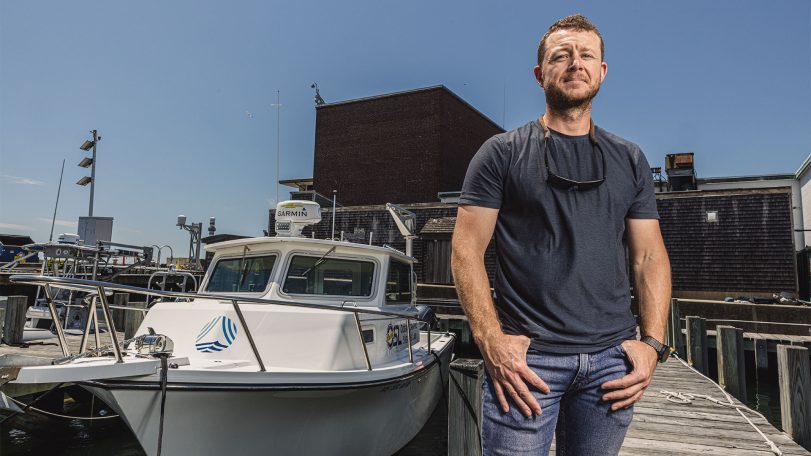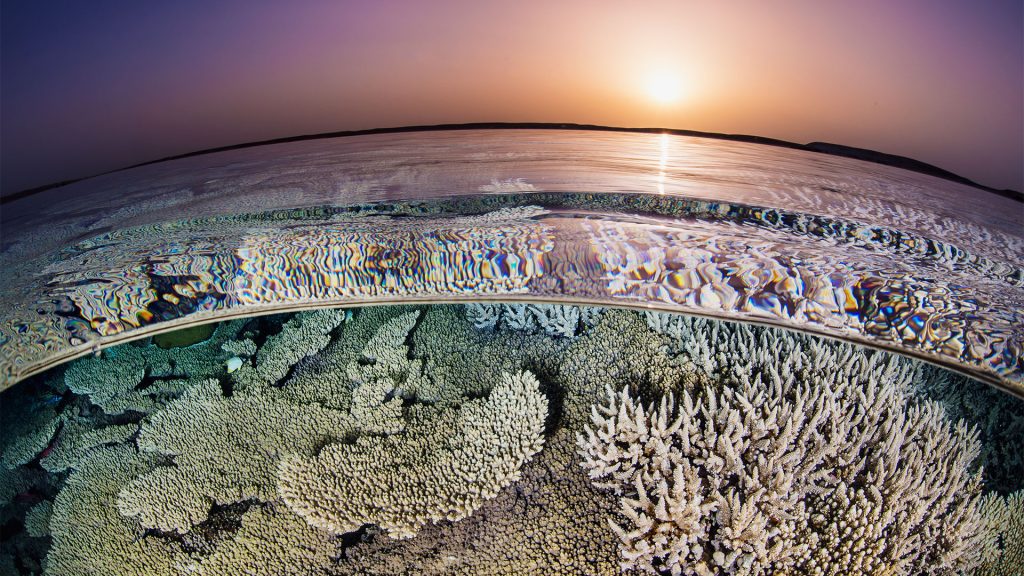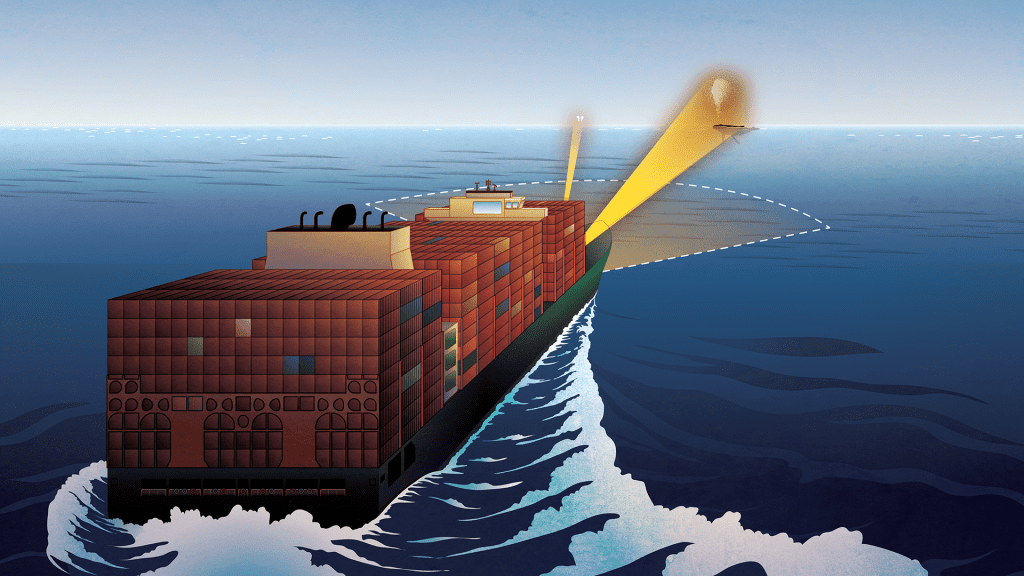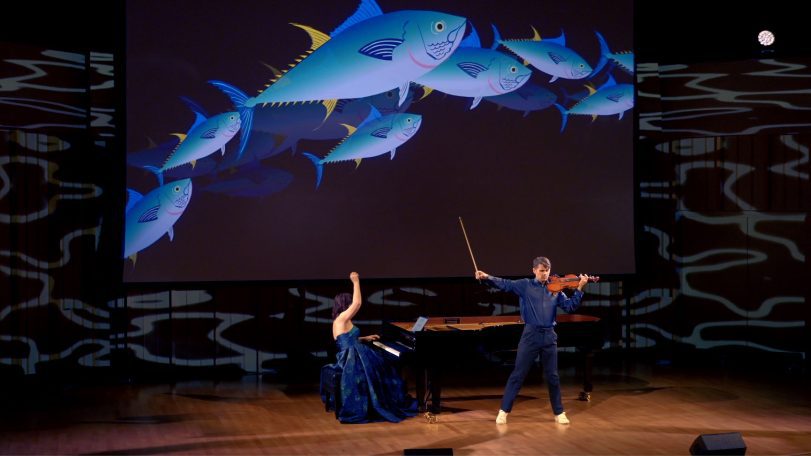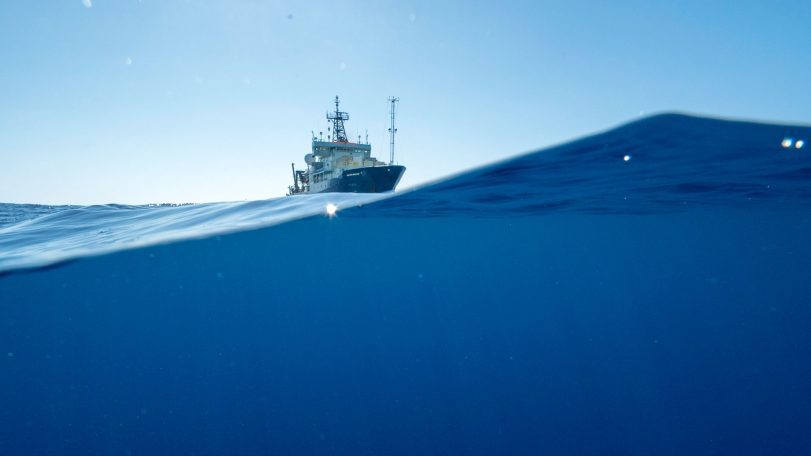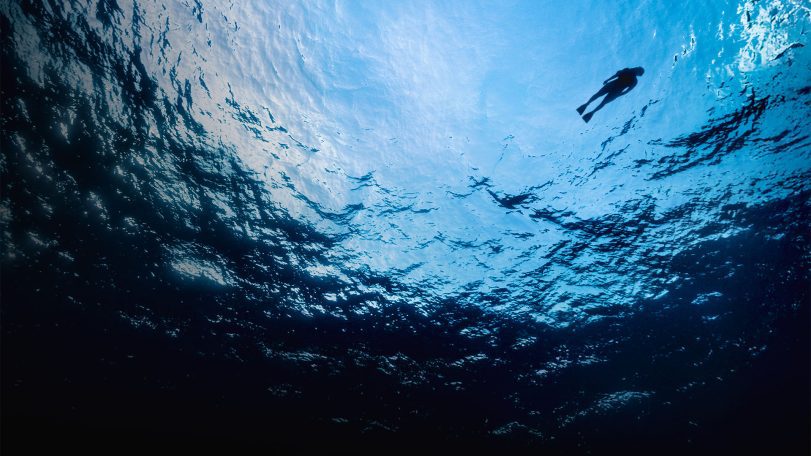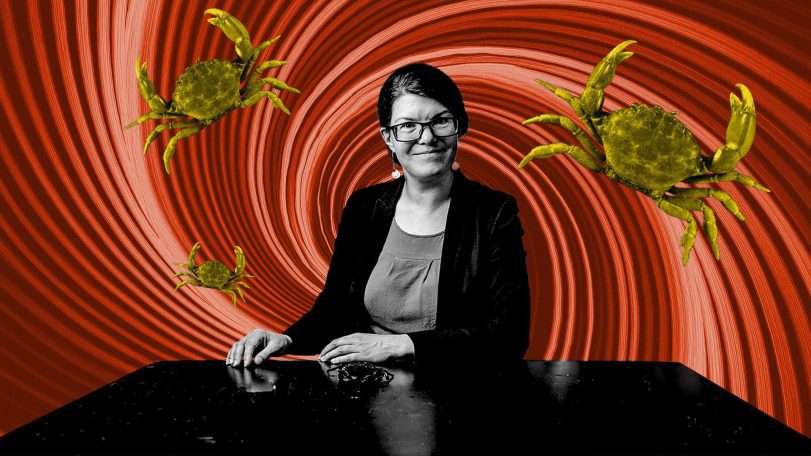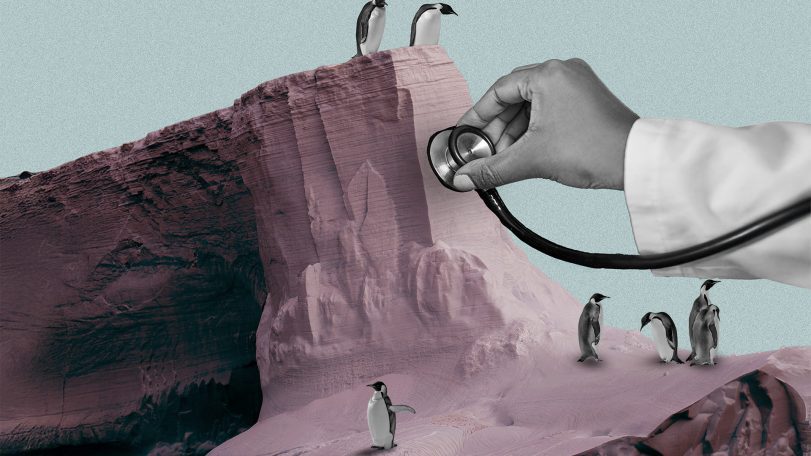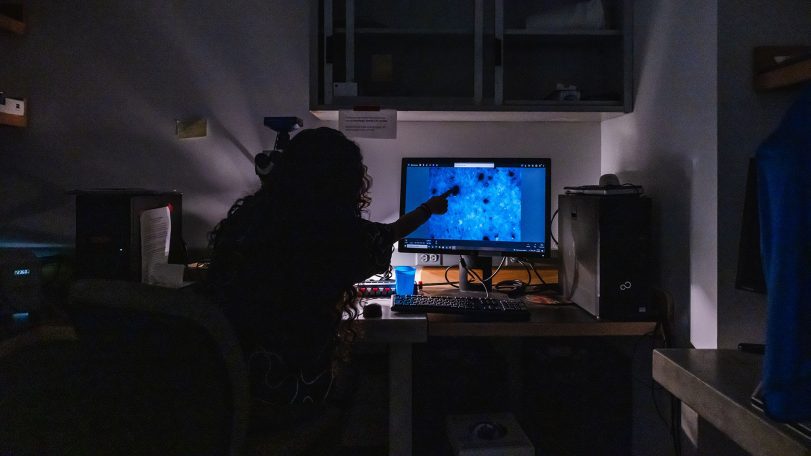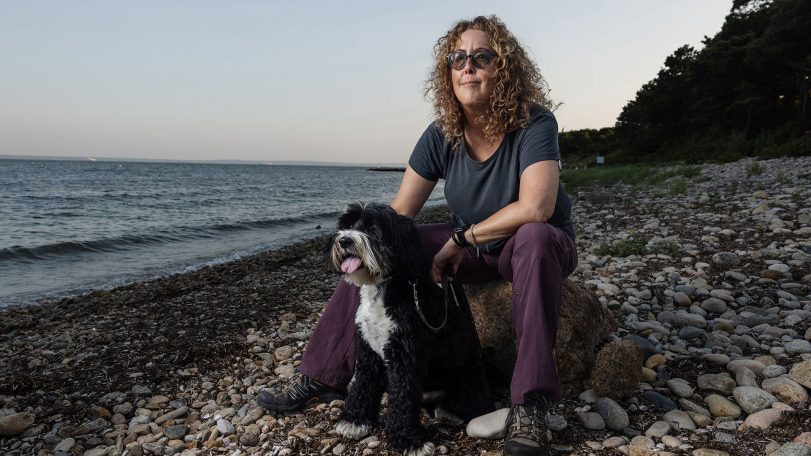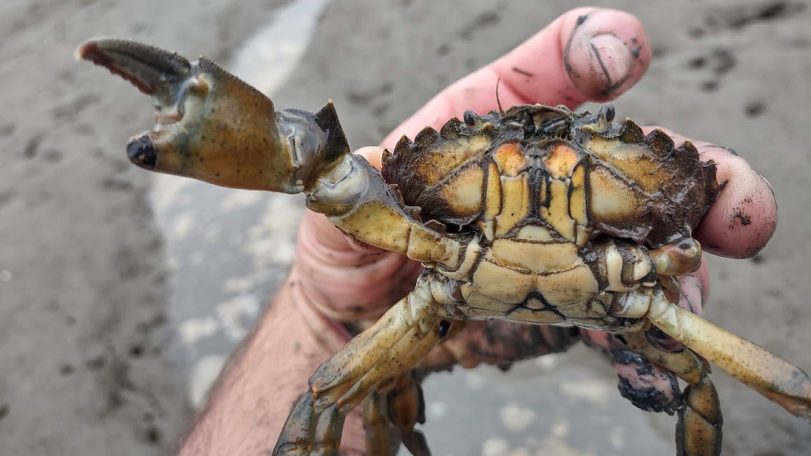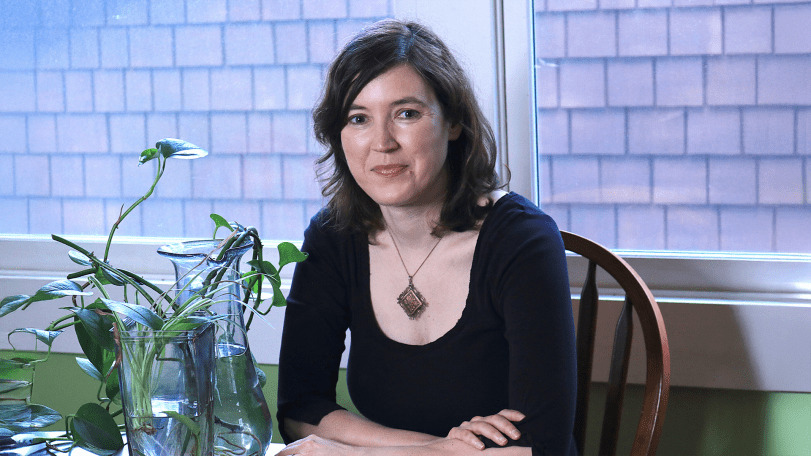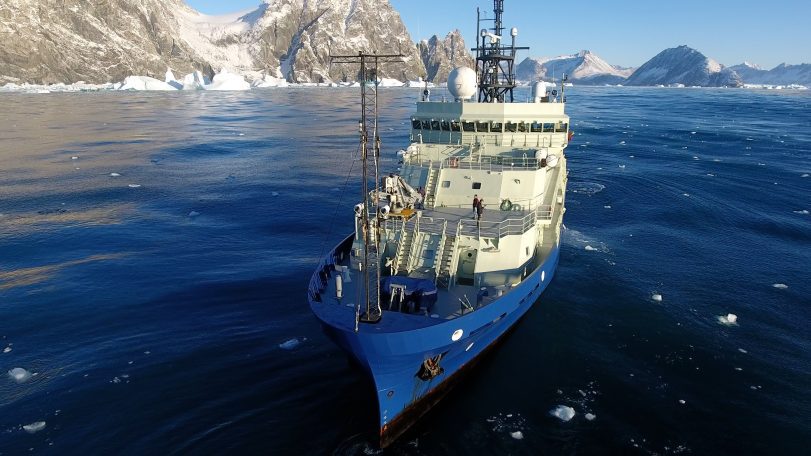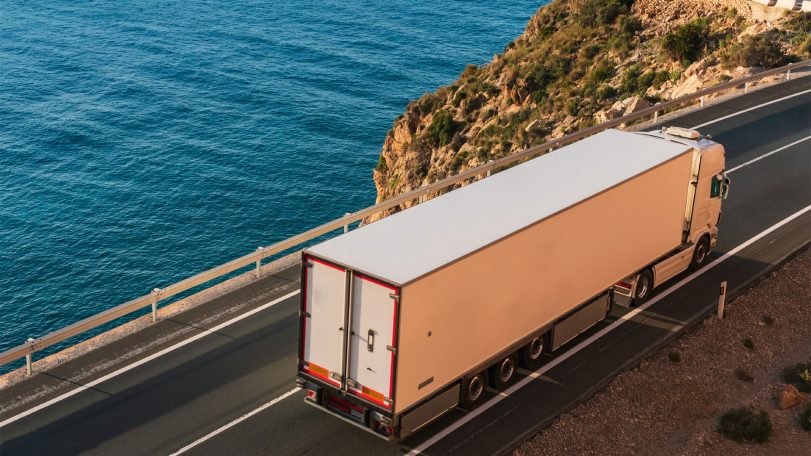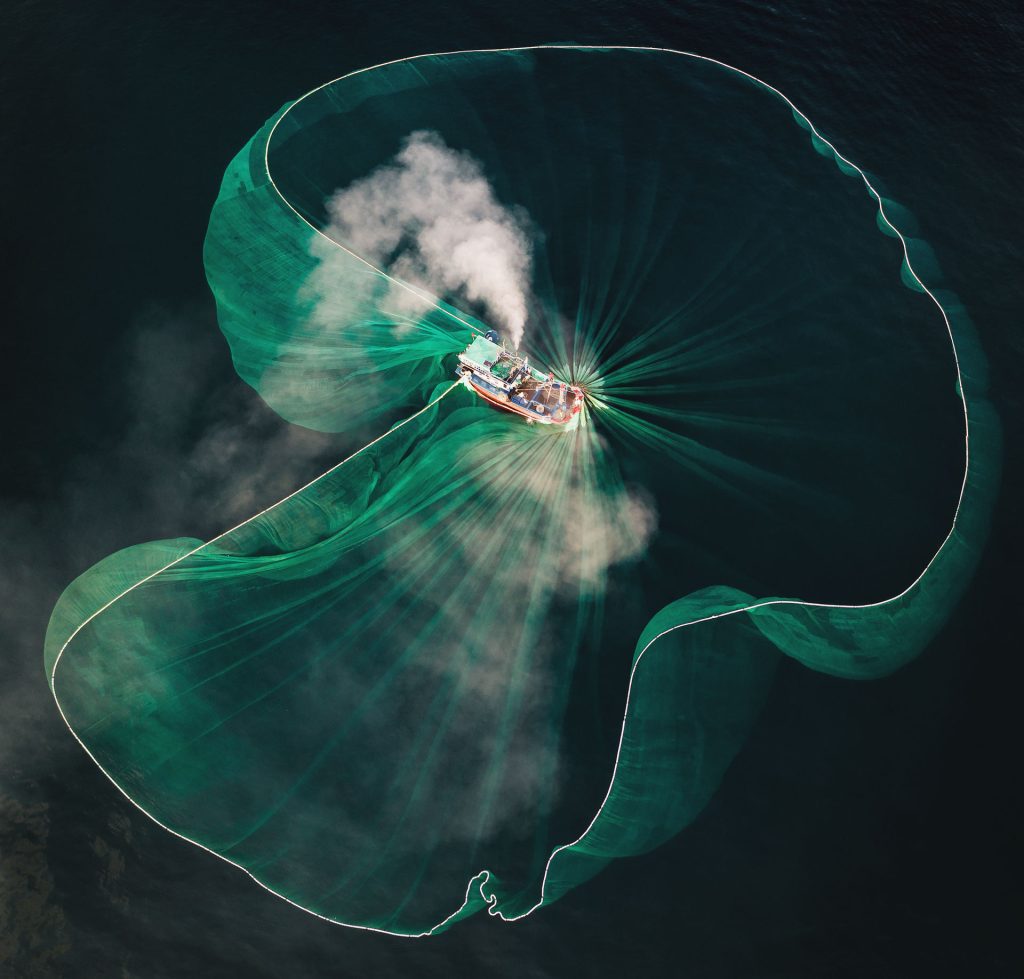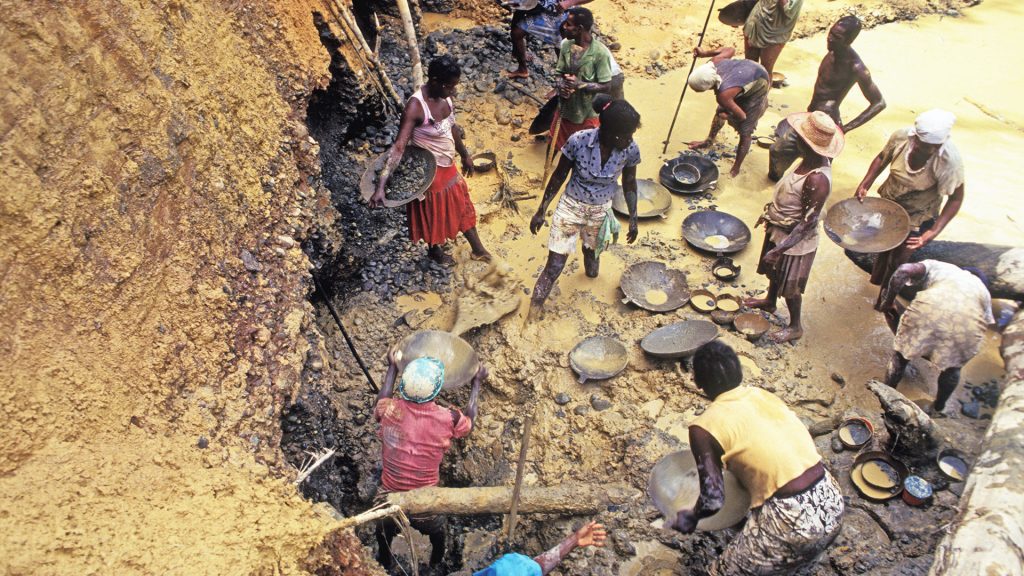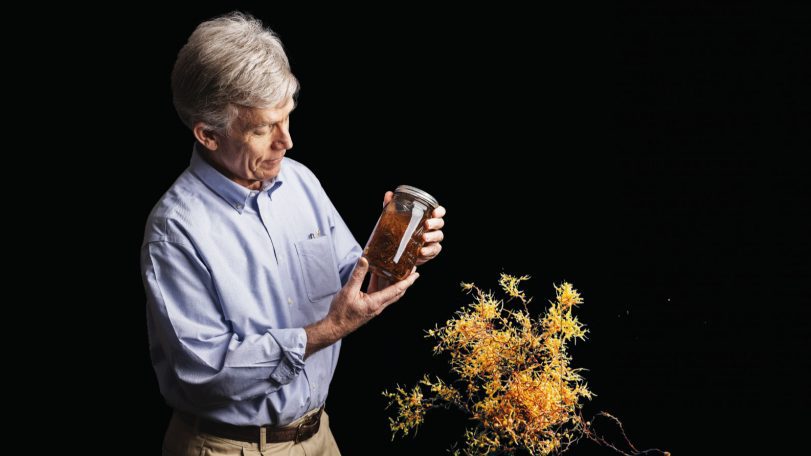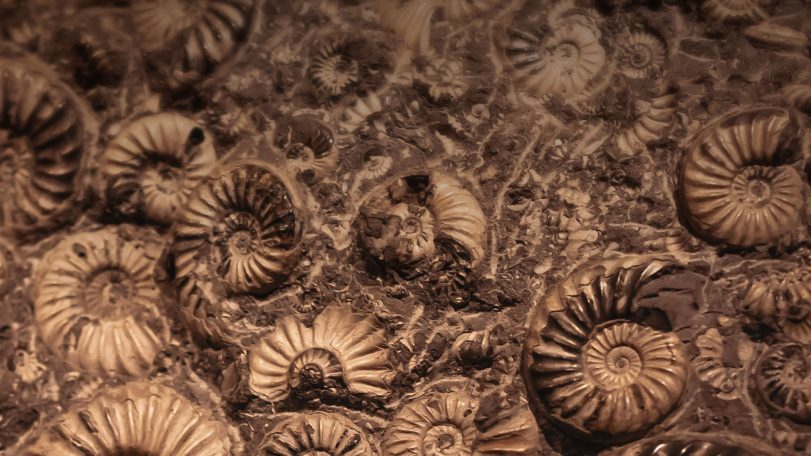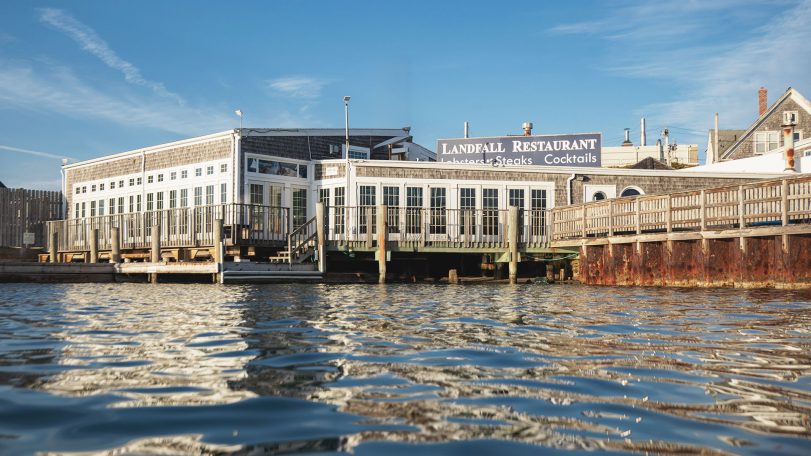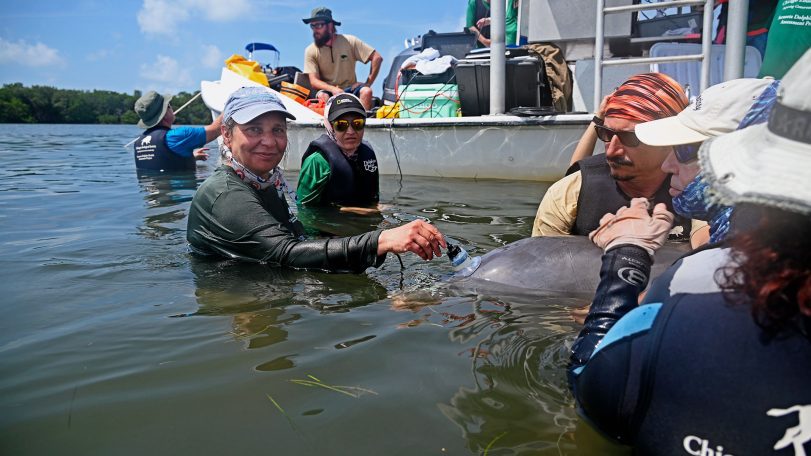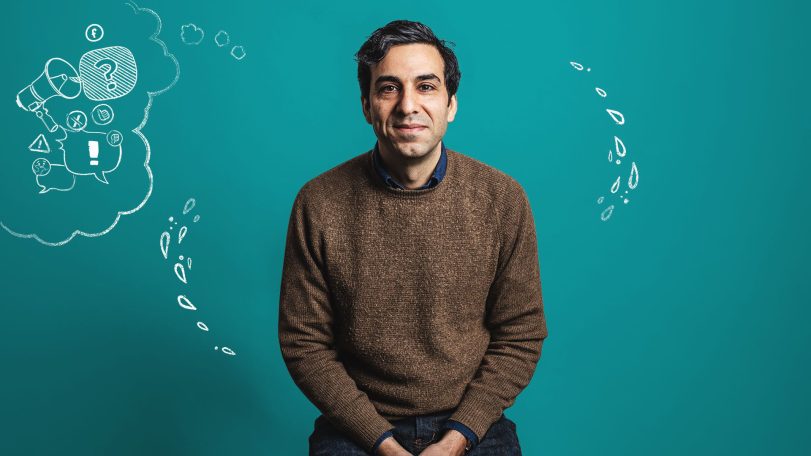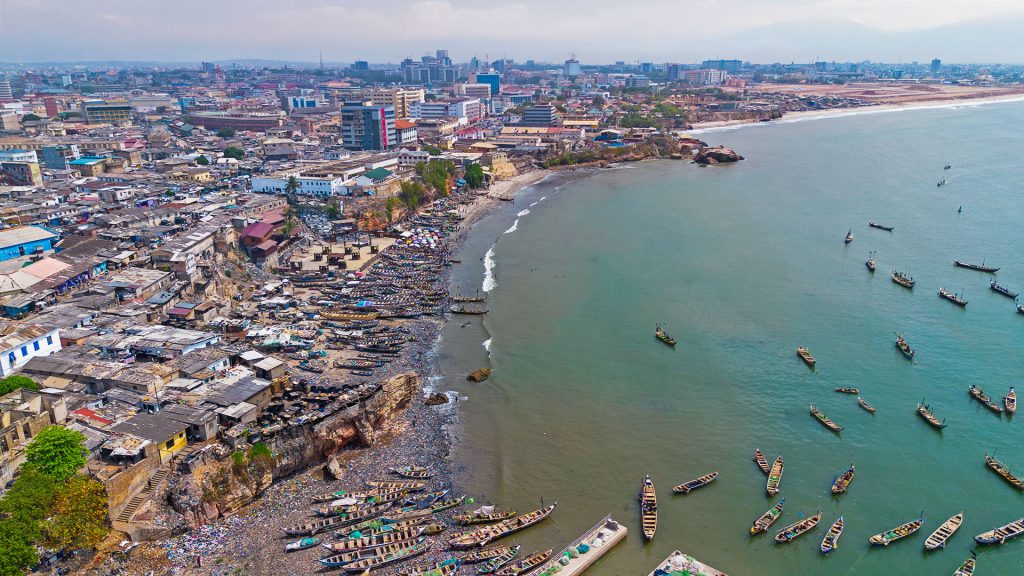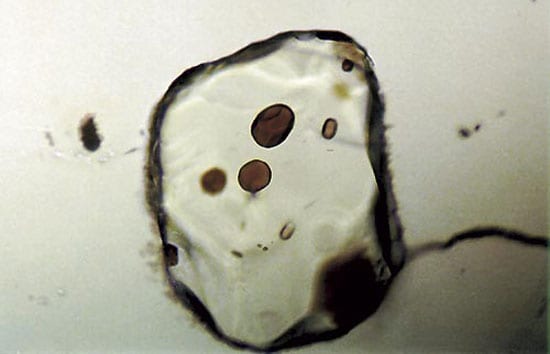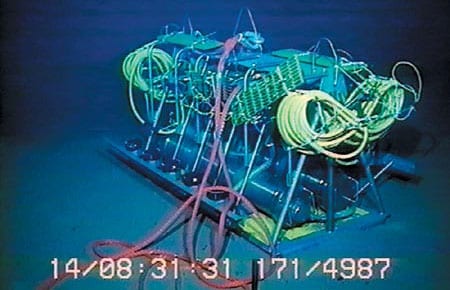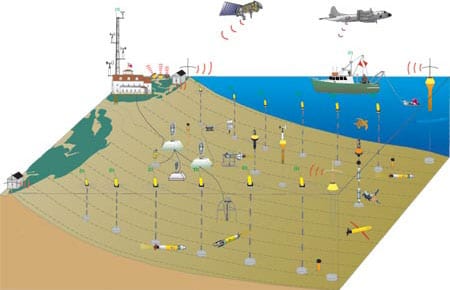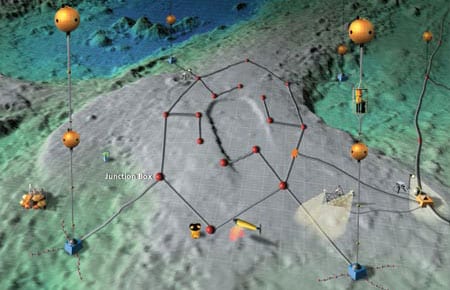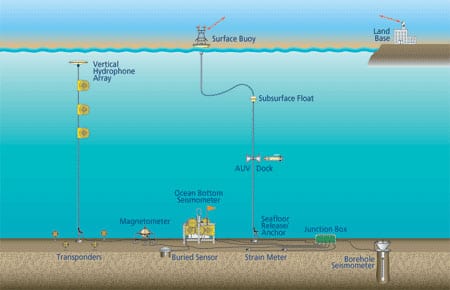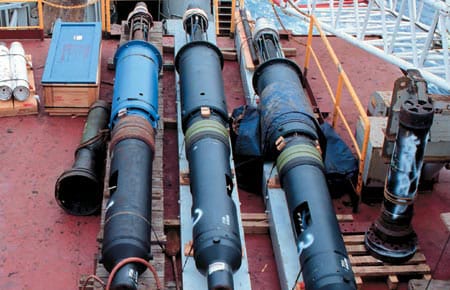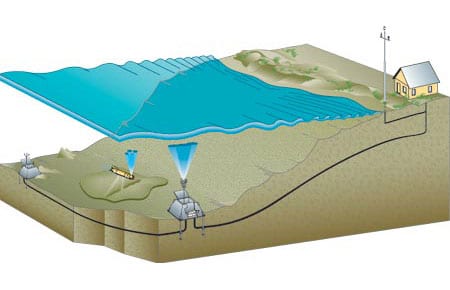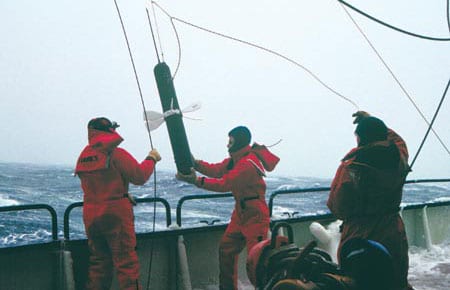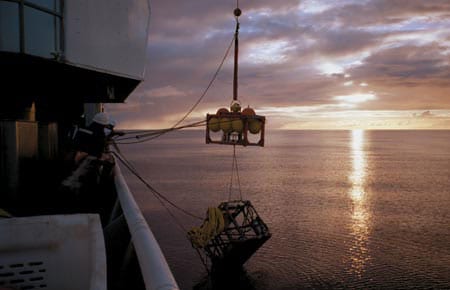
Lessons from a lifetime of exploration
Award-winning ocean photographer Brian Skerry shares insights from a career spent around ocean life and science
How an MIT-WHOI student used Google Earth to uncover a river–coral reef connection
Climate & Weather How an MIT-WHOI student used Google Earth to uncover a…
The little big picture
WHOI senior biologist Heidi Sosik on the critical need for long-term ocean datasets
The ocean weather nexus, explained
The vital role of ocean observations in extreme weather forecasting
Breaking down plastics together
Through a surprising and successful partnership, WHOI and Eastman scientists are reinventing what we throw away
Three questions with Carl Hartsfield
Captain Hartsfield, USN retired, discusses the role ocean science plays in our national defense
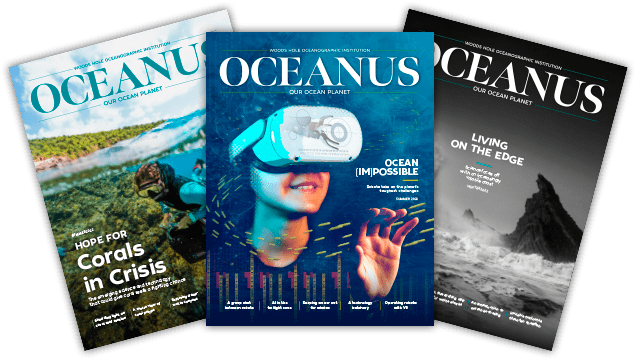
and get Oceanus delivered to your door twice a year as well as supporting WHOI's mission to further ocean science.
Our Ocean. Our Planet. Our Future.
The Ocean (Re)Imagined
How expanding our view of the ocean can unlock new possibilities for life
Body snatchers are on the hunt for mud crabs
WHOI biologist Carolyn Tepolt discusses the biological arms race between a parasite and its host
A polar stethoscope
Could the sounds of Antarctica’s ice be a new bellwether for ecosystem health in the South Pole?
Secrets from the blue mud
Microbes survive—and thrive—in caustic fluids venting from the seafloor
Top 5 ocean hitchhikers
As humans traveled and traded across the globe, they became unwitting taxis to marine colonizers
Following the Polar Code
Crew of R/V Neil Armstrong renew their commitment to Arctic science with advanced polar training
Harnessing the ocean to power transportation
WHOI scientists are part of a team working to turn seaweed into biofuel
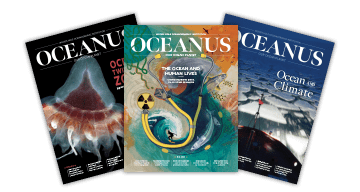
Looking for something specific?
We can help you with that. Check out our extensive conglomeration of ocean information.
Casting a wider net
The future of a time-honored fishing tradition in Vietnam, through the eyes of award-winning photographer Thien Nguyen Noc
Gold mining’s toxic legacy
Mercury pollution in Colombia’s Amazon threatens the Indigenous way of life
How do you solve a problem like Sargassum?
An important yet prolific seaweed with massive blooms worries scientists
Ancient seas, future insights
WHOI scientists study the paleo record to understand how the ocean will look in a warmer climate
Rising tides, resilient spirits
As surrounding seas surge, a coastal village prepares for what lies ahead
Whistle! Chirp! Squeak! What does it mean?
Avatar Alliance Foundation donation helps WHOI researcher decode dolphin communication
We can’t do this alone
For marine chemist Adam Subhas, ocean-climate solutions don’t happen without community
How WHOI helped win World War II
Key innovations that cemented ocean science’s role in national defense
Life at the margins
Scientists investigate the connections between Ghana’s land, air, sea and blue economy through the Ocean Margins Initiative
If Rocks Could Talk…
Every rock on Earth contains a clock, a thermometer, and a barometer.
Voyage to Vailulu’u
It was like a pirate’s treasure map. A dotted line clearly showed the trail, but…
Seeding the Oceans with Observatories
Ship-borne expeditions have been the dominant means of exploring the oceans in the 20th century. Scientists aboard ships made the observations and gathered the data that confirmed the revolutionary theory of plate tectonics, which demonstrated that the earth is a complex, multi-faceted system that changes over time. But that revelation also exposed a major shortcoming of the ship-based exploratory approach: its very limited ability to quantify change.
A Well Sampled Ocean
Unlike the oceans, the sky is relatively visible and accessible to us. But in the ocean, the situation is quite different. Conditions and processes at work on any given day in the ocean are usually a mystery to us.
NEPTUNE: A Fiber-Optic ‘Telescope’ to Inner Space
NEPTUNE is a proposed system of high-speed fiber- optic submarine cables linking a series of seafloor nodes supporting thousands of assorted measuring instruments, video equipment, and robotic vehicles that could upload power and download data at undersea docks. Unlike conventional telephone cables, which supply power from shore in a straight line, end to end, NEPTUNE would operate like a power grid, distributing power simultaneously and as needed throughout the network. Working much like a campus data network (with nodes analogous to buildings and each instrument like a workstation), NEPTUNE would provide real-time transmission of data and two-way communications.
Seafloor to Surface to Satellite to Shore
The next great leap in our understanding of the earth-ocean system will require us to put our “eyes” and “ears” in the ocean to observe the dynamic processes going on there as they are happening, in real time.
Plugging the Seafloor with CORKs
Hidden beneath the seafloor throughout most of the world’s oceans lies a massive, dynamic plumbing system that is a central component of our planet’s inner workings.
Outposts in the Ocean
Oceanographers and climatologists have something in common with politicians and stock market analysts: They are all trying to get a grasp on a complex, ever-shifting system.
New Coastal Observatory Is Born
The Martha’s Vineyard Observatory will have sensors mounted on two seafloor nodes, at depths of about 5 and 15 meters, respectively, connected to a shore station via a buried cable. Instruments mounted on the nodes will continually monitor mean sea and wave heights, current strengths, seawater turbulence, subsurface sediment movement, sunlight intensity, and the temperature, salinity, and carbon dioxide levels of the ocean?s waters.
Launching the Argo Armada
The Argo program proposes to disperse 3,000 floats, like the one below, throughout the oceans to collect data on oceanic conditions that can be periodically transmitted to shore via satellite.
Putting H2O in the Ocean
A major obstacle impeding our ability to understand many of the earth’s fundamental, ongoing dynamics–quite frankly–has been a dearth of electrical outlets and phone jacks on the seafloor.
